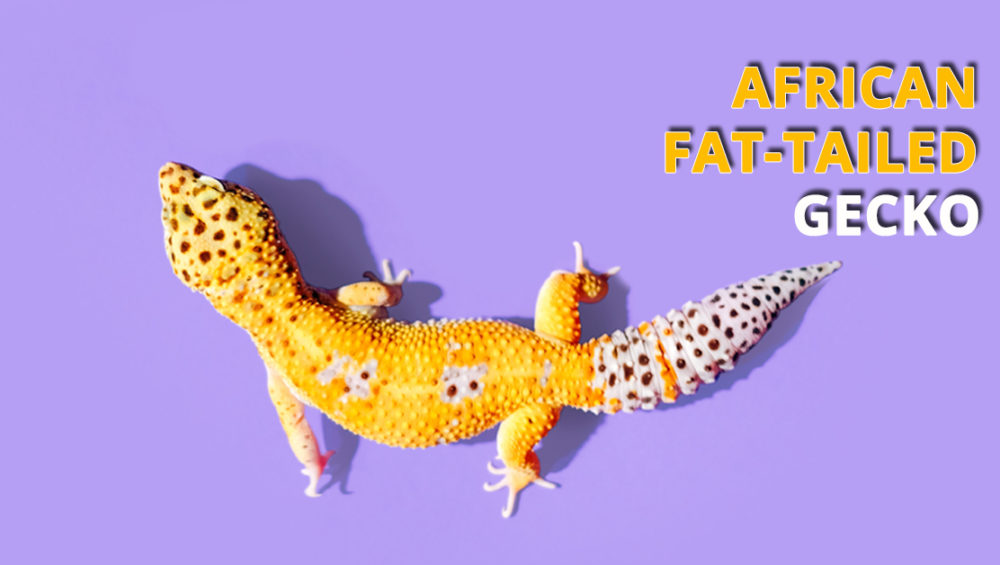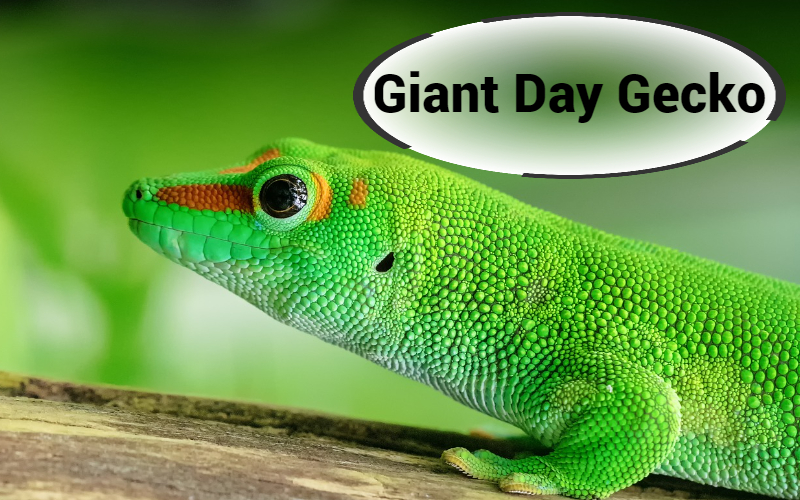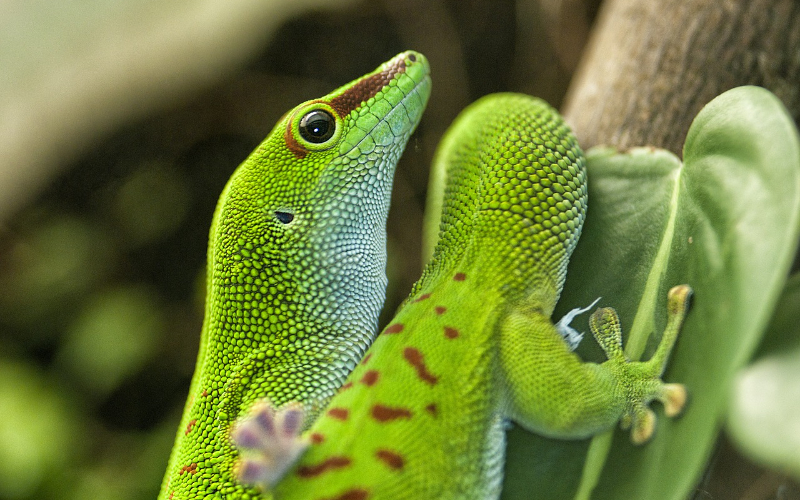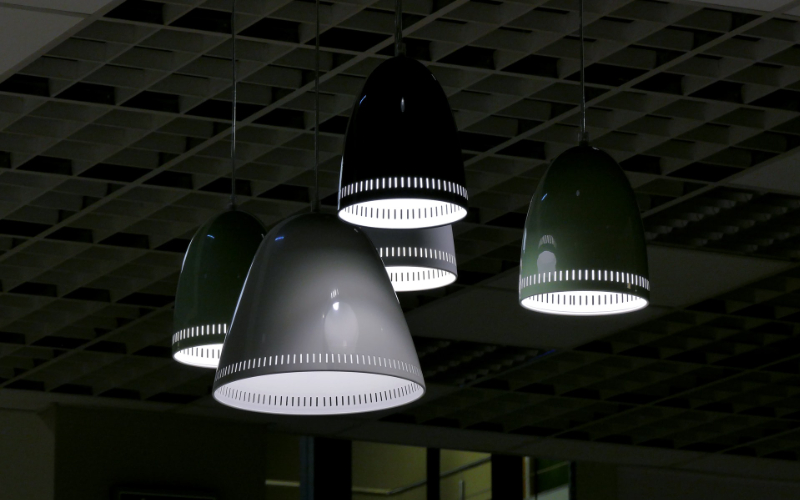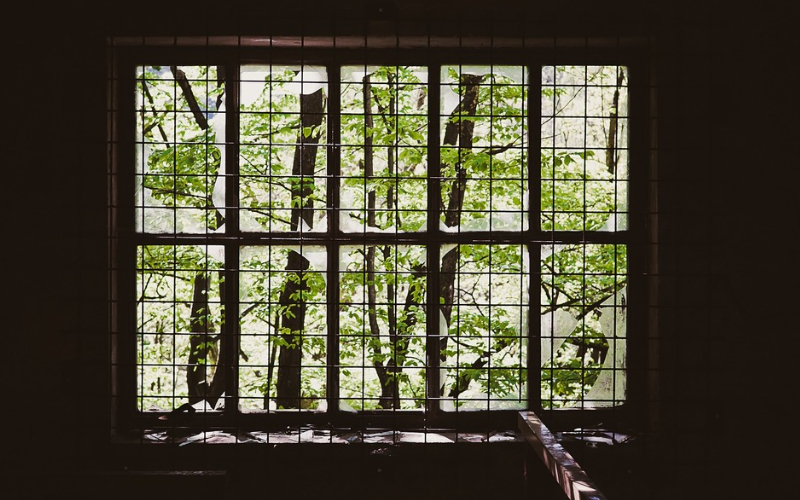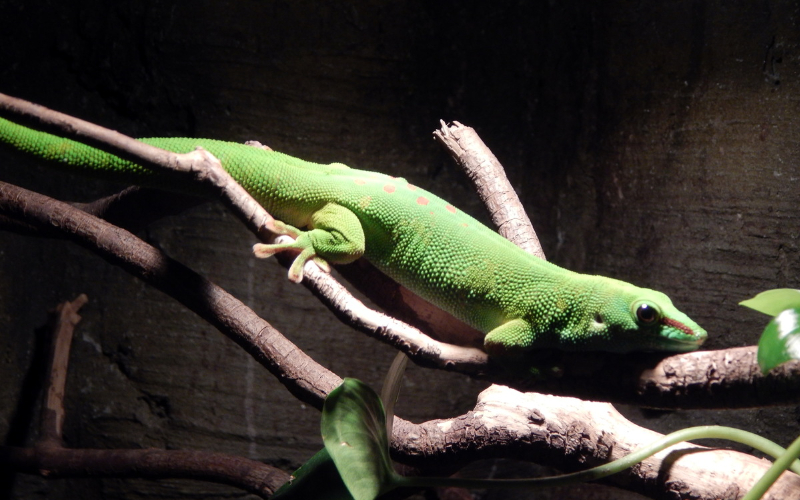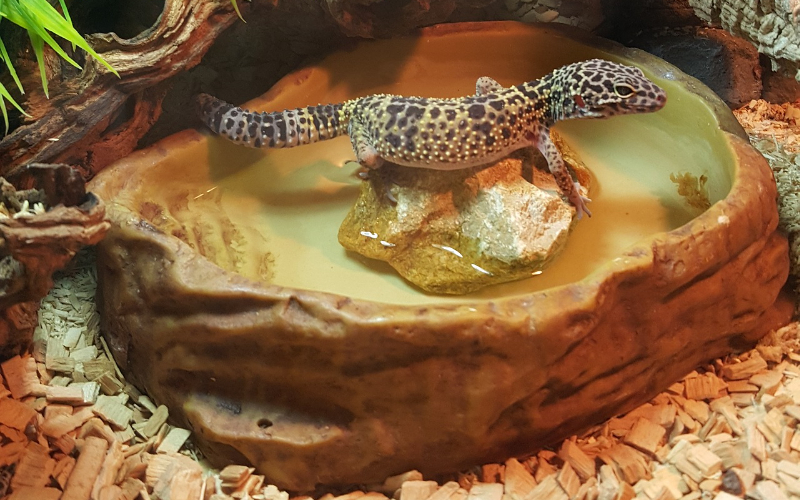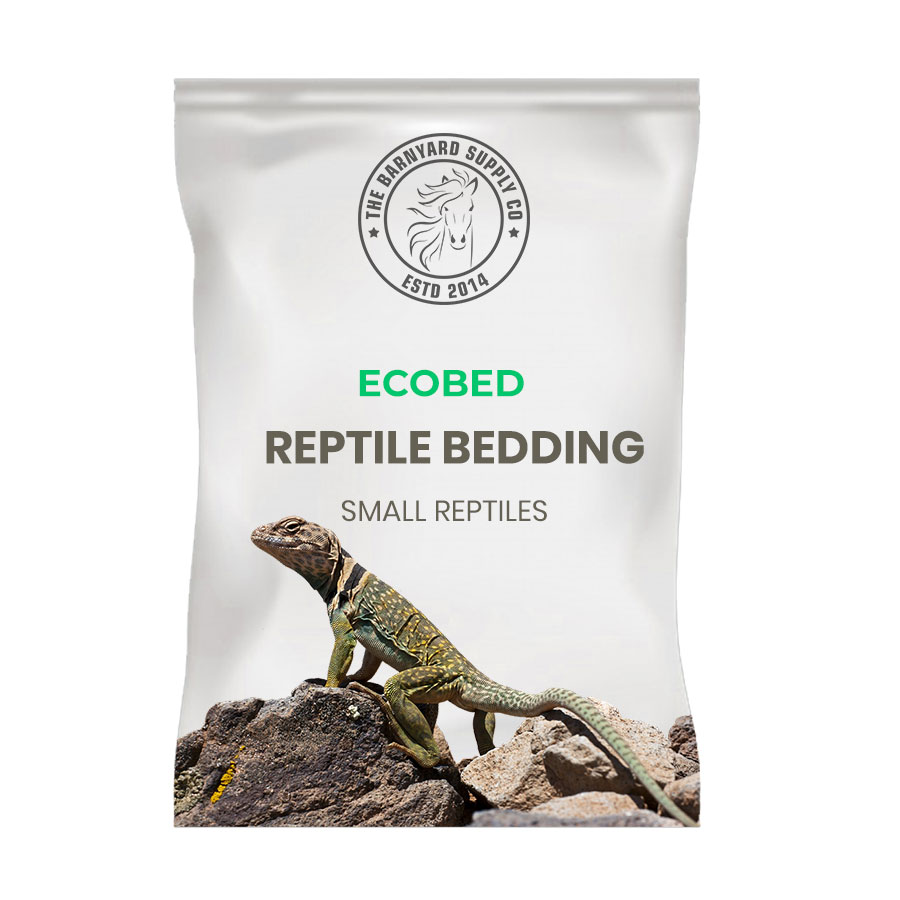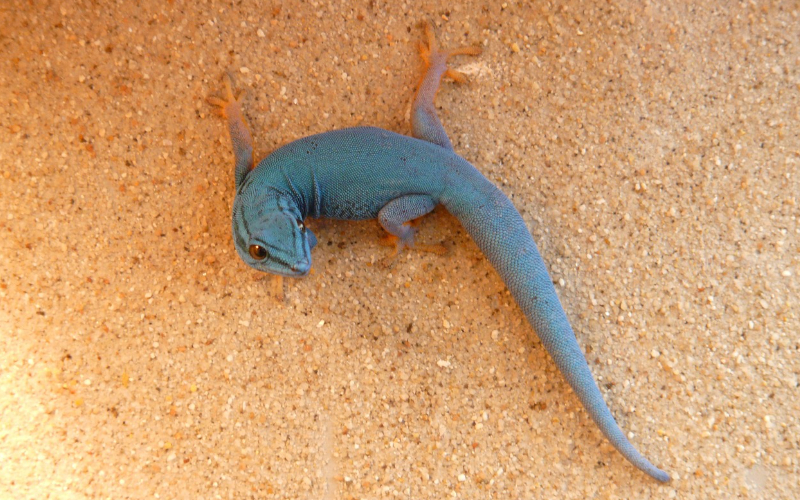Reptile petting is one such occasion habit seen in rarity, for you to raise them in full conscience need as much information as possible, read more for a complete guide on each pet to wish to raise.
Reptiles make fascinating pets, but each species is fascinating in its own way. In this article we are going to discuss African fat-tailed geckos complete care guide.
African fat-tailed geckos are ground-dwelling nocturnal lizards native to West Africa’s deserts. African fat-tailed lizards become more popular as pets, mainly for their ability to live in captivity as well as their gentle affectations and willingness to be handled.
Appearance
African Fat-Tailed Geckos natural colouring is a pale tan or brown background with prominent brown and tan stripes, with some having a faint white stripe running down their back. They are one of only a few geckos with eyelids, which help them keep their eyes clean in their dusty environment. As the popularity of this species increases, more and more African Fat-Tailed Gecko variants become accessible to eager owners. A popsicle orange or light grey is one of them.
Fat-tailed geckos have a body structure similar to leopard geckos, but they have a larger head and more robust feet. Hatchlings are typically 2 inches long and grow to be roughly 9 inches long. Males will have a broader head and be slightly larger than females.
Fat-tailed geckos have been known to live for 15-20 years in captivity when properly cared for.
Behaviour
African Fat-Tailed Geckos are highly docile, friendly, and calm lizards who spend their nights sleeping, basking, and occasionally searching for insects in the wild and in captivity. Unless they are severely threatened, they are unlikely to scratch or bite other animals or people over food or territory. During territorial disputes, to warn off other males, or to attract females, male African Fat-Tailed Geckos use quiet squeaks and clicks, and both sexes will squeak to ward off unwanted company. When they’re hunting, they’ll raise their tails and wave them around in the air to distract the victim before launching an attack.
Lighting & Temperatures Requirements
Aft geckos are tough tiny creatures. They sleep in a hiding area during the day and are active
at night since they are nocturnal. These geckos do not require UVB lights. Any daylight should be turned off at night. During the day, keep your aft warm spot at 88-90 degrees. They are comfortable in the rest of the tank, which is kept at 78 to 82 degrees Fahrenheit during the day. Use a temperature gauge that is of good quality. It’s fine if the temperature dips into the low 70s at night as long as they have a warm hide to retreat to.
A heat pad is the simplest way to provide a warm hide for your gecko. It should be positioned beneath the tank, with the hide inside on top of it. Part of the tank should always be cooler so your gecko may control its body temperature by going from one to the other.
Humidity
Humidity should be between 50 and 60 percent, but up to 70 percent would Be ok. This can be accomplished by using a humidity-retaining substrate and positioning your water bowl on the tank’s hot end. Sometimes you may need to mist the tank once or twice a week, but you may find that the tank maintains this humidity without needing much misting. You may need to mist everyday if the natural humidity in your area is particularly low. To check the humidity, you’ll need a humidity reader.
Caging
African fat-tailed geckos are terrestrial in nature. So they need a structure with more floor space than height. Adults can live either in a 20-foot cage or an 18-foot enclosure 18″ x 12″ x 18″. That size can accommodate 1-2 adult fat-tailed geckos for the rest of their lives. It’s best to form groups of one male and one female or all females. If you’re doing a trio, a larger cage, such as an 24″ x 18″ x 12″, will be required.
Trios consist of 1 male, 2 females, or 3 females. They will fight if there are more than one adult male in an enclosure. It’s also essential to keep the size of your African fat-tailed geckos similar. Don’t put a baby in the same room as an adult. When one is substantially larger than the other, the smaller is frequently bullied by the larger.
EcoBed Reptile Bedding can be used as a loose substrate. A solid substrate, such as the normal paper towels, can also be used.
Handling tips for African Fat Tailed Geckos
When you initially get your new pet gecko home, avoid the want to start playing with it right away. Allow at least two weeks for your new pet to settle in before beginning to handle it. You can introduce yourself if your gecko has gained confidence in their new environment and is eating regularly. Keep an eye on you from outside the enclosure. Allow the lizard to become familiar with your hand by placing it in the enclosure.
As juveniles, African-fat-tailed geckos are usually more distrustful than adults. However, they will gradually stop running away from your hand and become accustomed to your presence. This is the point at which you can begin to deal with them. However, just because you’ve made it this far doesn’t imply your pet trusts you. Trust and friendship as far as lizards are concerned take time and consistent handling.
Handling Technique
- The entire body should be supported.
- Slow down your motions.
- Never grab them from above, chase them down, or drag them out of a hiding spot.
- Allow the gecko to climb onto you willingly whenever feasible.
- Give them a bug as a prize.
- Leave them alone if they’re shedding and don’t pull on loose skin.
Feeding and Diet
In their natural habitat, African Fat-Tailed Geckos are carnivorous and are not known to consume any plant materials.
Their diet consists primarily of insects and other invertebrates that they encounter on the savannahs at night, such as various species of worms, crickets, and beetles. They may only like to consume live prey in captivity, but the rest of their diet is simple to fulfill.
African Fat-Tailed Geckos should be fed crickets and other larval insects like mealworms when kept in captivity. They’ll also need extra supplements, such as vitamin D3, to help them adjust to their new surroundings.
Owners can either ‘dust’ the insects with calcium or other vitamin power, or ‘gut load’ their feeder insects with these nutrients.
Crickets and mealworms are preferred by African Fat-Tailed Geckos. Waxworms, silkworms, hornworms, and pinky mice are occasionally provided to them:
- Hatchlings under the age of four months should only be given 12 sized crickets and should be fed 5 insects every day.
- Adults should eat 9 crickets or worms every day. Their crickets can be a little bigger (2/3 the size of a normal cricket).
If your Gecko doesn’t consume the prey, it should be removed within a few hours. In their tank, there should always be a shallow water dish with clean water; they won’t drink from it, but it will help preserve moisture.
Substrate Nature
Paper towels or newspaper work nicely as a substrate for an African Fat-Tailed Gecko’s enclosure. The most common and safe bedding alternative is coconut husk. A fine orchid bark or a sandy soil mix are used by certain owners. Although it is critical that sand is not utilised as a substrate on its own because it might cause digestive issues and harm to the digestive tract. Paper will make daily spot cleaning easier, but it will need to be replaced every 2-3 days. Only change the orchid bark or compressed coconut bedding once a week.
Substrate Types
Paper towels or newspaper
Since paper towels and newspapers are absorbent, they have no odor-controlling properties. The availability, cost, ease of clean-up, and absence of potential ingestion are all factors that owners like. It is plainly unnatural for any reptile, but it poses no significant concerns.
Advantages:
· Affordable.
· Easy to replace.
· Odor-free, Dust-free.
Disadvantages:
· Wet or damp newspaper cause bacterial infection
Coconut husk
One of the safest and most effective reptile bedding options is coconut husks or chips. It’s a must-have because it’s soft, comfortable, absorbent, and aerated to perfection. Its absorbency keeps odours at bay, holds moisture for longer, and maintains a suitable temperature in the room. You can use it according to your requirements. Coconut bedding is non-allergenic, biodegradable, reusable, and recyclable, as well as being easy to clean and store.
Advantages:
· Very natural look
· Self-cleaning and easy cleanup of droppings
· Affordable and good value
Disadvantages:
· May attract mites and bugs over time
Orchid bark
Orchid bark makes an excellent naturalistic substrate for tropical plants and terrariums. It adds a variety of advantages to more thorough mixtures and can also be used as a stand-alone substrate for particular plants.
Advantages:
· It’s a natural material and looks and feels authentic.
· Aerating soil, resisting compaction and providing drainage.
· Increases water retention.
· It’s sustainably sourced.
Disadvantages:
· It will eventually break down.
· It has an acidifying effect
Sandy soil mix
Soil Mixture is a soil-like substrate manufactured from a unique combination of peat moss, soil, sand, and carbon that provides the ideal environment for live-planted realistic or bioactive tropical terrariums. It encourages natural activities like burrowing and egg-laying since it mimics the soil found in tropical reptiles’ natural habitats. It’s also possible to add more sand to make it ideal for desert setups!
Advantages:
· Create a natural look.
· Reptiles like to borrow it.
Disadvantages:
· May create skin infection.
Some Interesting facts about African Fat-Tailed Geckos
1. Their Tails Are Fat, as the Name Indicates
2. The Gecko is healthier if its tail is thicker.
3. African Fat-Tailed Geckos Do Not Interact Socially
4. African Fat-Tailed Geckos Display Individual Patterns
5. Insectivorous Fat-Tailed Geckos
6. These Geckos Have the Ability to Blink
7. African Geckos with Fat Tails Aren’t the Best Climbers
8. In captivity, African Fat-Tailed Geckos thrive.

